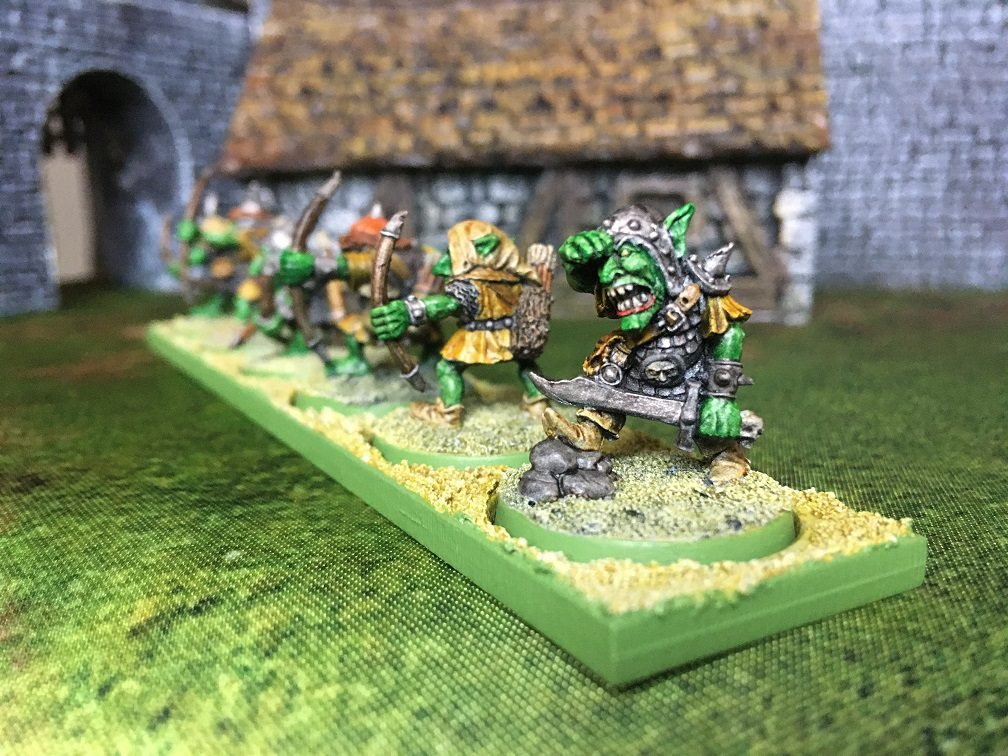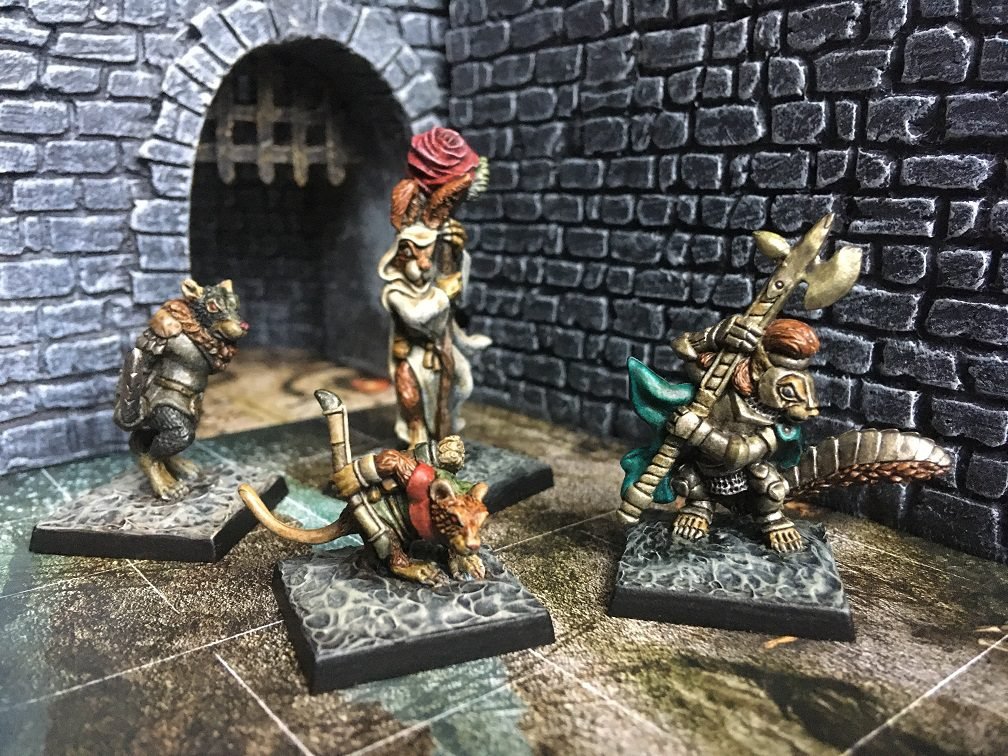Imagine a tabletop where pink orcs battle green-skinned high elves. Where yellow dwarves hold out against hordes of blue-furred ratmen.
This is, of course, a highly exaggerated scenario of what it might be like to be a colour blind (or “colour deficient”, as my optician recently corrected) miniature painter.
I mean, for one, the colours of paints are written on the pots. So it’d be incredibly hard to get things so “wrong”.
I was first diagnosed with colour blindness at an early age, when a test was sprung upon me at primary school. You’ve probably had one yourself. You’re asked to pick out numbers or letters from these discs of coloured dots. It’s rare for me to find one I can spot.
I suppose the early signs were there – I thought grass was red for a brief period of my life. But as a fairly arty kid (I was decent at drawing) this wounded my pride a bit. You don’t want to be known as “bad” at anything when you’re young, so I’d sneakily check the names of colours written on pencils prior to using them. No more red grass and purple skies for me.
I started collecting and painting miniatures at primary school too – though I never gave the colour blindness thing a thought, in relation to it. At least as far as I can remember. As I say, the names of the colours were on the pots. Goblin Green was green for goblins, Sunburst Yellow was ideal for bits I thought should be yellow. And Blood Red was most definitely not for grass.
Then I did what most hobbyist kids do, and take a long break from around the age of 15. A break I never thought was “a break”, more of an “I’ve grown out of that”. But I came back to it all in my mid-30s – again – as many hobbyists do.

It was only then that I started to think about the colour blindness thing. There’s so much content out there aimed at helping folks with their painting, whereas, back in the day, we were limited to segments of White Dwarf once a month.
I became aware of terms like “colour theory”, “colour palettes”, and “the colour wheel”, which enable painters to use colour in an almost scientific way. You don’t need to look far to see the effects of this. The standard of painting out there these days is truly exceptional.
It’d be wrong of me to say that I couldn’t make use of colour theory myself. I simply haven’t read enough into it yet. This is purely because I try to make sure that 90% of my painting improvement time comes through practice, which leaves only 10% for consuming content and tutorials. I might get to it at some point in the future, and only then will I be able to determine whether or not it’s accessible to me.
The thing I struggle with the most in my painting is the classic “you’ve missed a bit” syndrome. This is because, depending on the colours I’m using, a primed area often won’t stand out to me as much as it probably would for most other painters. Likewise, I can make a small mistake and it won’t stand out to me at all, whereas someone else might spot it right away. I’m not complaining about this. Everyone will have their own unique challenges in the hobby, and this just happens to be mines.

I mentioned the usefulness of having paint colours written on the pots. But come to think of it, that isn’t always true of the modern Citadel paints. For example, I briefly used Naggaroth Night on the premise that it was blue (which was a silly mistake on my part, considering I know my Old World lore). It isn’t hard to find out the colours of paints if I’m in any doubt though, so again, I’m not complaining. Just observing.
I regularly publish pictures of my own painting work on this blog. I accept that I’m nowhere near the standard of many other miniature painters out there, not because of any colour deficiency, but because those folks have put a lot more hours of hard work into honing their craft. For me, it isn’t about comparing my painting with anyone else’s. It’s about looking at what I’ve done this month, compared to what I did 6 months ago, and thinking “there’s a definite improvement here”.
I paint miniatures because it’s a cathartic analogue hobby with steep learning curves and a pursuit of mastery. I don’t see colour blindness as a disadvantage because I’ve never known any different. If I only have my own work to compare against, then it can’t hold me back. I might not ever win a Purple Demon award, but I’m having a lot of fun. And surely that’s all that matters?
Next up: 8 Tips to Rekindle Your Miniature Painting Motivation

Mate, your latest work is brilliant! And, yes, fun is all that matters. I am a great advocate for only comparing what you have done with your own previous works and focusing on trying new things. It is a good thing to admire other people’s achievements, but chasing after them too hard is an easy path to burnout. Love your work; keep it coming 🙂
Thank you so much bud 🙂